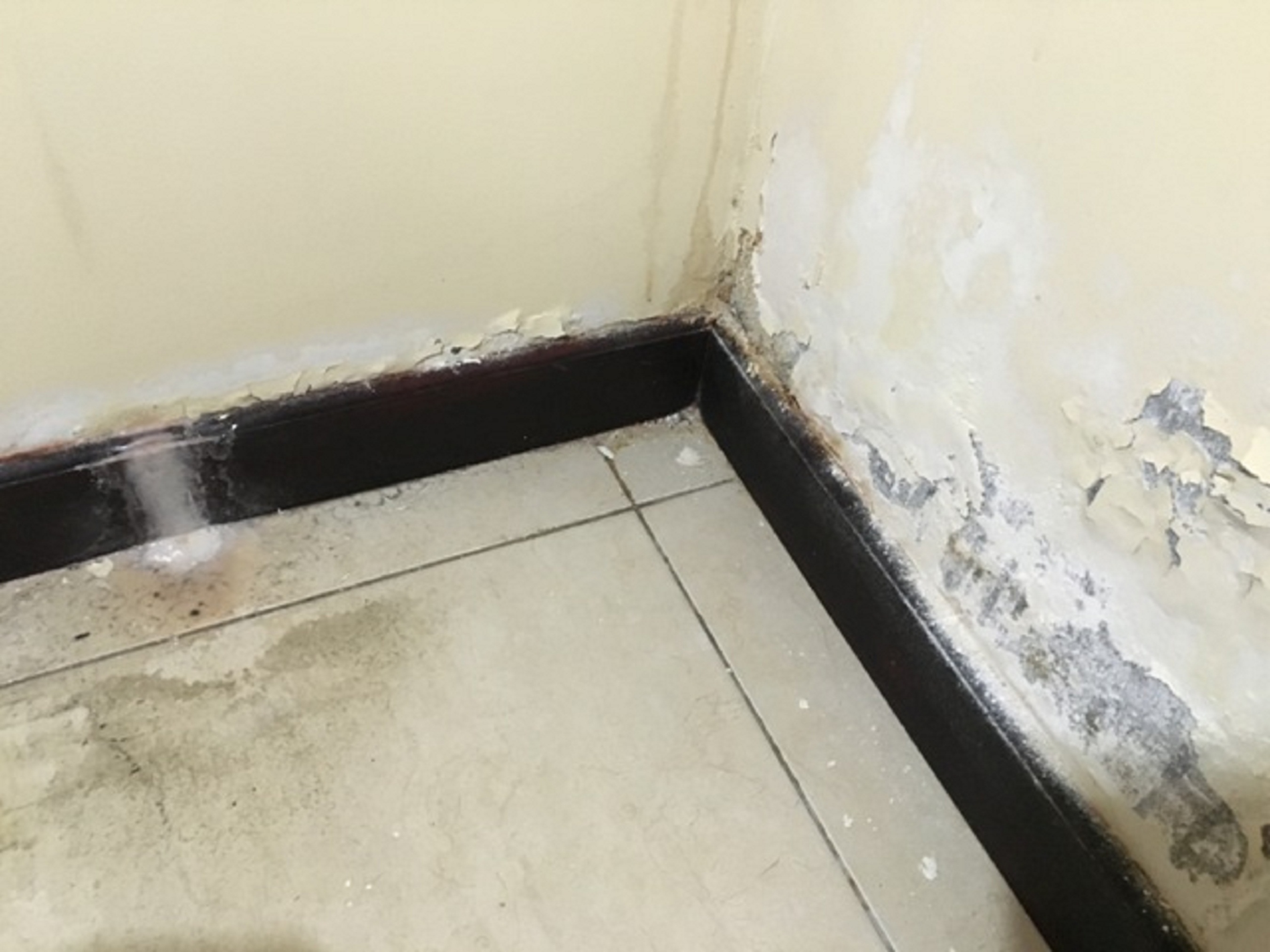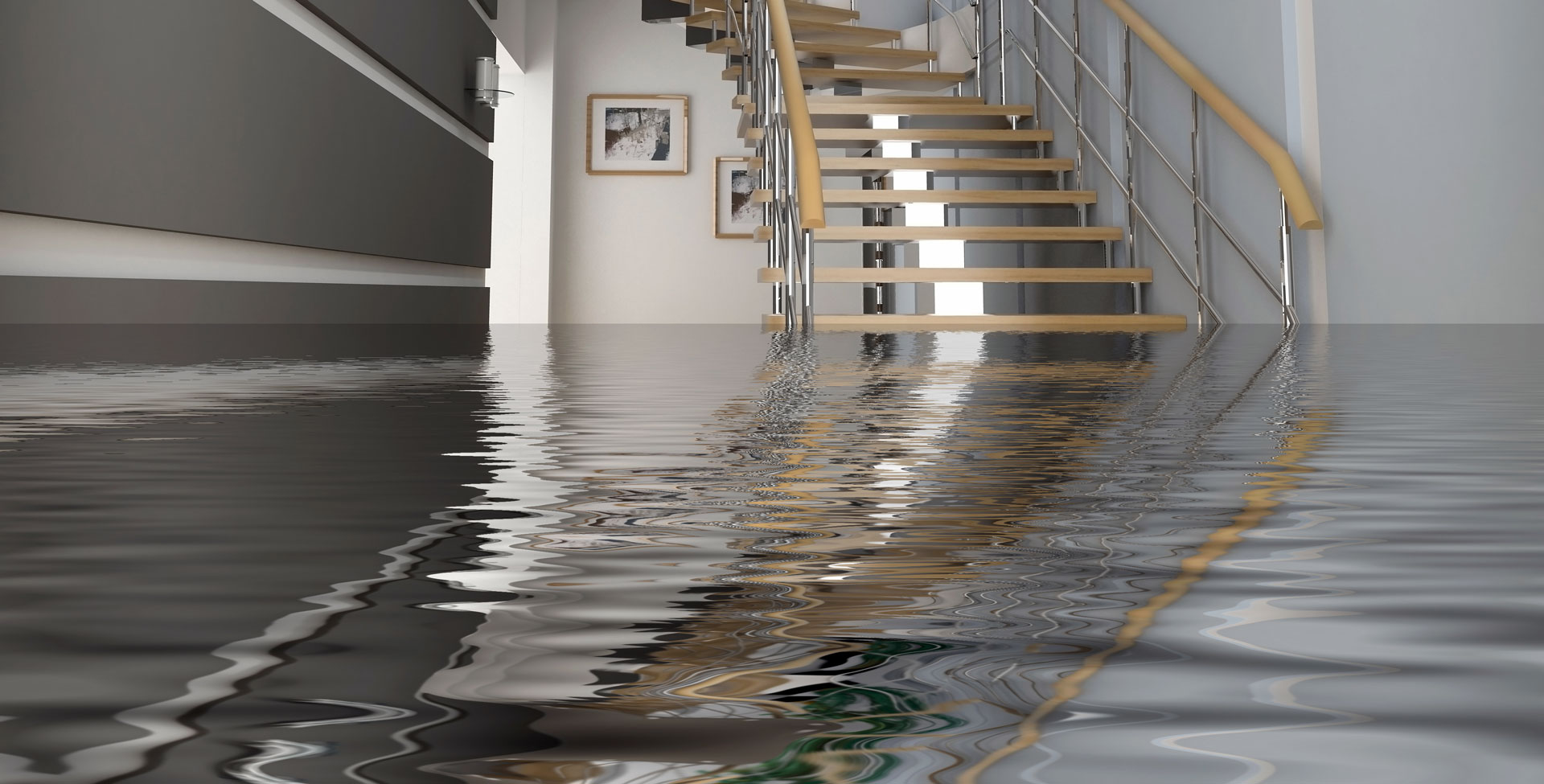Were you on the lookout for facts on How to Fix a Water Damage Bathroom?

The washroom is extremely susceptible for damp build-up and also possible water damage due to the frequent use of water in it. This short article provides easy assessment methods to aid identifying water damages hazards.
The frequent use of water in the restroom makes it incredibly susceptible for moist accumulation and possible water damages. By evaluating it consistently, you can minimize water relevant problems.
The adhering to collection of assessments is simple to do as well as must be done when in every 3 months in order to maintain your washroom healthy and also to avoid prospective water damages triggered by the tub, the shower, pipe joints and plumbing, sinks, cabinets, and the commode
Do not overlook performing these inspections and also be detailed while executing them. Bear in mind that these easy inspections can conserve you a great deal of money by offering early signs for water damage
Bathtub and also Shower
The shower and also tub require special focus as well as maintenance. Check the floor tiles as well as replace if cracked. Make certain that there is no missing grout in between the ceramic tiles. Examine and also change broken caulking at joints where the walls satisfy the floor or the bathtub. Obstructed drains pipes and also pipes troubles will certainly stop the tub from drying and also may indicate serious troubles underneath the tub. Consult with a specialist promptly to avoid structural damages. Focus on discolorations or soft locations around the bath tub walls as they might show an interior leak.
Plumbing
Signs for water damages are hard to find because most pipelines are set up inside the wall surfaces.
Pay unique attention to floor covering and wall surfaces wetness and spots as they might suggest an invisible plumbing issue. Check dampness levels in adjacent spaces as well.
Sinks and Cabinets
Sinks as well as closets are exposed to wetness as well as moisture day-to-day and are commonly forgotten. Inspect frequently under the sink and also on the countertop above it. Fix any kind of drip in the trap as it might recommend drainpipe problems. Browse the sink, slow draining pipes might indicate a blocked drainpipe. Change sink seals if they are fractured or loose.
The Bathroom
The commode is a susceptible water joint. Check the water lines as well as look for leaks around the bathroom seat, in the pipe, and also under the water tank. If you detect any type of indicators of dampness on the floor around the bathroom, check for leaks in the toilet edge and also tank seals.
Be aware that hanging bathroom dish antiperspirants increases the opportunities for clogs.
Water Damage Signs In The Bathroom To Avoid Cleanup
Musty smell
This is one of the easiest signs to catch because musty smells are so odorous. The damp, earthy, moldy smell should be a big red flag. The smell will develop when moisture gets trapped in surfaces, and begins to facilitate mold growth. Leaking pipes under cabinets, inside walls, and behind shower fixtures will cause moisture to stay trapped and not dry, which will lead to mold growth and spread. As soon as you notice any musty smells in your bathroom, have it checked for hidden water damage and cleanup signs.
Visible mold
If the smell isn’t there to give it away, sometimes you will actually see mold growth. Finding mold in your bathroom is a serious problem, because mold is very harmful to your health. By the time mold growth is visible, it also means that water damage has already occurred and been present for some time. The only way the mold problem can be resolved is to find the source of the moisture and get it stopped. To safely and adequately remove mold, you need to have professionals handle the remediation. Do not waste any time in getting mold problems addressed, fixed, and sanitized so that you can protect you and your family from the many respiratory symptoms caused by mold exposure.
Damaged floors
Bathroom floors should be able to withstand some exposure to water while still remaining in good condition. However, when excess exposure or water leaks occur, they will begin to damage even the most water-resistant flooring. If you notice any cracking, bubbling, staining, or warping on your bathroom floors, there is probably a water leak somewhere causing the distortion. If you notice areas of the floor have become softer, or even have a spongy feeling, there is probably damage to the subfloor. Subflooring is typically made up of plywood. When plywood is exposed to water or moisture, it will absorb it. Once it has become saturated, the weight of the excess water will cause the wood to swell and soften. Check the floors in your bathroom frequently to catch any of these sings before they lead to damaged subflooring.
Changes on walls
When water leaks behind walls, it will cause changes in the drywall. Peeling plaster, blistering paint, and soggy wallpaper are all good indicators that excess water is building up behind the wall. Water leaking behind drywall will cause it to swell and be soft to the tough. If you start to notice gaps along the trim of your walls, or where tile meets the wall, it could also be a strong indicator that there is a leak behind the wall. Any changes, distortion, or damage on the walls should be evaluated as soon as you notice it to prevent further water damage and cleanup.

Do you like reading up on How to Prevent Bathroom Water Damage? Write a short review directly below. We will be interested to find out your insights about this review. We hope that you visit us again later on. Sharing is caring. One never knows, you may be doing someone a favor. I value reading our article about Looking for Signs of Water Damage in the Bathroom.
Check This Out